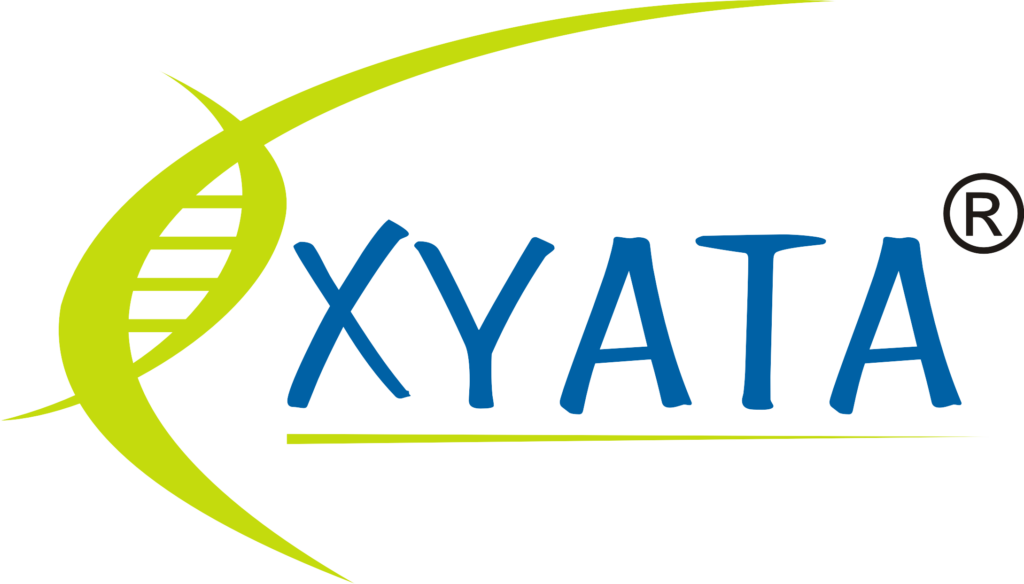Snake bite envenomation is a severe and often overlooked public health crisis, especially in tropical and subtropical regions such as Africa, Asia, and Latin America. In these areas, agricultural workers, women, and children in low-income rural communities are particularly vulnerable. With health systems often underfunded and medical resources sparse, the burden of snake bites is disproportionately high in countries where the need is greatest.
Globally, snake bite statistics reveal a grim picture. Annually, 5.4 million people are bitten by snakes, resulting in 1.8 to 2.7 million cases of snake bite envenomation. Among these, approximately 81,410 to 137,880 people lose their lives, and three times as many suffer permanent disabilities, such as amputations.
This blog combines critical information with actionable solutions to emphasize the importance of addressing the snake bite crisis effectively.
Bites by venomous snakes can cause:
- Severe paralysis, hindering breathing.
- Bleeding disorders leading to fatal hemorrhages.
- Irreversible kidney failure.
- Tissue destruction resulting in permanent disabilities.
- Children, due to their smaller body mass, often suffer more severe and rapid effects than adults.
Key Facts About Snake Bites
- Each year, snake bite statistics show over 5.4 million bites worldwide, with significant cases of envenomation.
- Agricultural workers and children are the most affected groups.
- Snake bite symptoms can range from localized swelling to systemic complications like respiratory failure and kidney damage.
- Prompt and effective snake bite treatment can save lives and prevent long-term disabilities.
The Challenges in Combatting Snake Bite Envenomation
Production of Effective Antivenoms
One of the primary challenges lies in producing high-quality antivenoms tailored to the specific venom profiles of snakes in different regions. Many manufacturers rely on commercial venom sources that fail to account for geographical variations in venom composition. Consequently, the antivenoms produced may not be effective against the snakes prevalent in certain areas.
Regulatory and Supply Chain Gaps
Weak regulatory frameworks in snake bite-prone regions lead to the circulation of substandard antivenoms, eroding public trust. Moreover, insufficient data on snake bite statistics hinders accurate demand forecasting, leading to a shortage of antivenoms or inflated prices.
Lack of Access in Rural Communities
Rural health systems are often ill-equipped to manage snake bite symptoms effectively. Limited awareness about snake bite treatment protocols among healthcare professionals exacerbates the crisis, leaving victims with inadequate care.
A Path Forward: Effective Use of Anti-Snake Venom
Despite these challenges, snake bite envenomation is treatable with the timely administration of high-quality anti-snake venom. Listed as an essential medicine by the World Health Organization (WHO), anti-snake venom is a cornerstone of snake bite treatment protocols and should be a part of every primary healthcare system in regions affected by snake bites.
Stakeholders and Their Roles
To address the snake bite crisis, coordinated action is required from various stakeholders:
Public Health Officials:
Draft national policies to address snake bite statistics and improve access to anti-snake venom.
Educate communities about local venomous snakes and first aid measures.
National Regulators:
Ensure stringent safety and quality assessments of antivenoms.
Prioritize the registration of region-specific antivenoms to meet public health needs.
Procurement Agencies:
Collaborate with antivenom manufacturers to source appropriate anti-snake venoms for local treatment requirements.
Clinicians and Health Professionals:
Adhere to standardized snake bite treatment protocols to ensure optimal outcomes.
Educate patients and communities about snake bite symptoms and the importance of seeking prompt medical care.
Antivenom Manufacturers:
Focus on producing high-quality antivenoms tailored to regional venom profiles.
General Population:
Learn to identify venomous snakes in their area and understand basic snake bite treatment protocols to ensure timely intervention.
The Importance of Early Snake Bite Treatment
- Snake bite envenomation is a medical emergency that requires swift and decisive action. Anti-snake venom is the most effective treatment for neutralizing venom and reversing its life-threatening effects. Administering anti-snake venom within the critical window can:
- Prevent paralysis and respiratory failure.
- Halt bleeding disorders and hemorrhages.
- Reduce tissue damage and lower the risk of amputation.
While the development of anti-snake venom faces logistical challenges, its availability can transform outcomes for millions affected by snake bites annually.
Examples of Progress
In countries like India, where snake bites are alarmingly common, targeted programs have improved access to anti-snake venom in rural areas. By strengthening supply chains and raising awareness about snake bite symptoms and treatment protocols, lives are being saved, and disabilities prevented.
FAQs
- What are the common snake bite symptoms?
Symptoms include swelling, pain at the bite site, difficulty breathing, bleeding disorders, nausea, and paralysis.
- What is the snake bite treatment protocol?
Immediate first aid includes immobilizing the affected limb and avoiding any incision or suction. Anti-snake venom is the definitive treatment and should be administered in a hospital setting.
- Why are children more affected by snake bites?
Children’s smaller body mass makes them more susceptible to severe and rapid venom effects compared to adults.
- Why is anti-snake venom production challenging?
Producing effective antivenoms requires high-quality venoms that reflect regional variations, which are often difficult to source.
- How can snake bite statistics improve treatment outcomes?
Reliable data helps estimate antivenom needs, optimize distribution, and ensure timely treatment in high-risk areas.
Conclusion
Snake bite envenomation is a preventable tragedy, but the lack of accessible and effective anti-snake venom has turned it into a persistent public health crisis. Addressing this issue requires a multi-faceted approach involving healthcare professionals, public health officials, manufacturers, and the general population.
At XYATA, we are committed to bridging the gap in anti-snake venom accessibility by sourcing high-quality anti-snake venom from our trusted partner companies. Together, let’s work towards a future where snake bite treatment is available to everyone who needs it.
The following can be arranged by XYATA on suitable demand:
- Polyvalent Snake Venum Antiserum: Cobra Venom (Naja Naja) + Common Krait (Bungarus Caeruleus) + Russell’s Viper Venom (Vipera Russelii) Saw Scaled Viper (Echis Carinatus)
STAY HEALTHY, STAY BLESSED!
